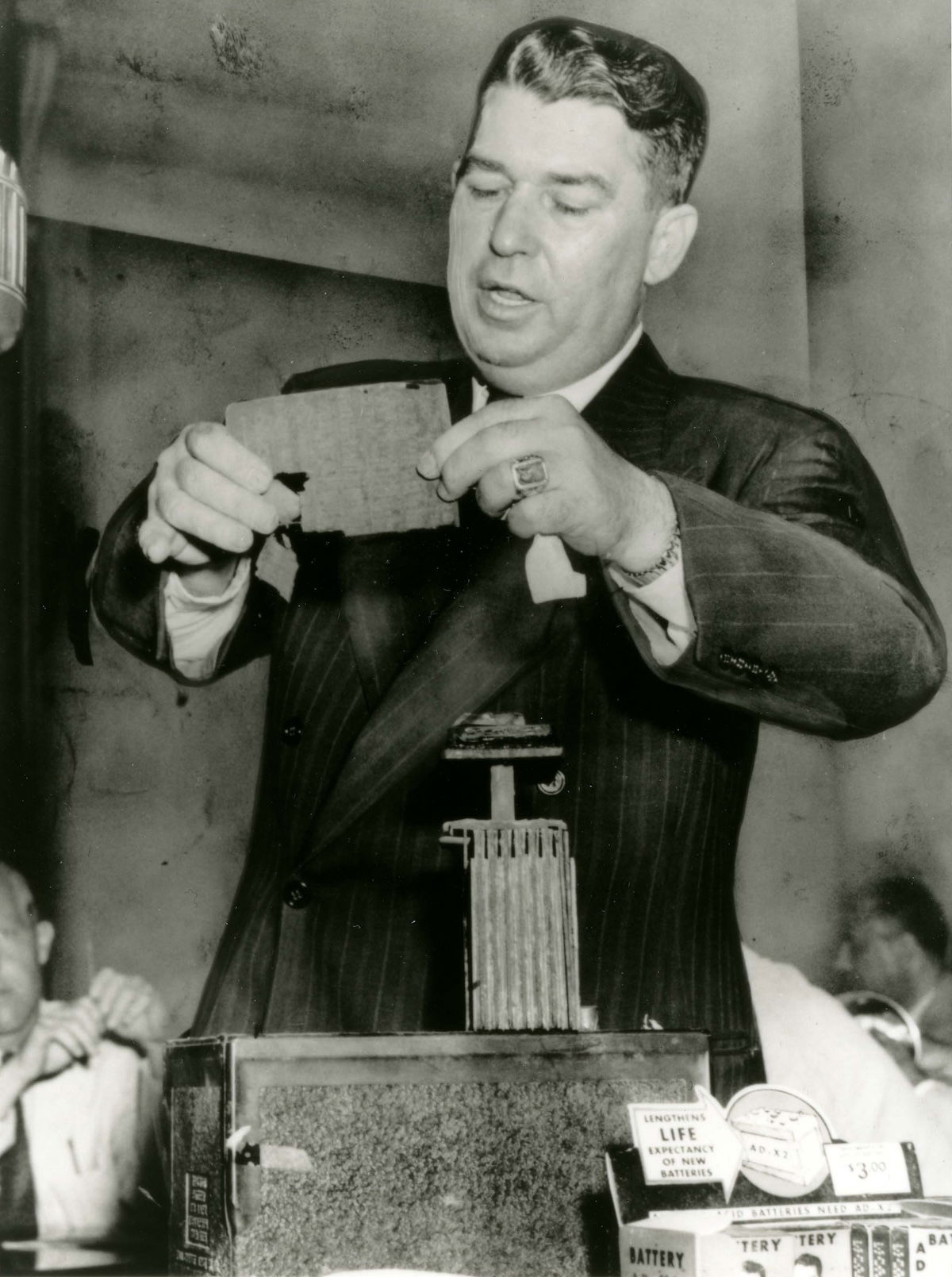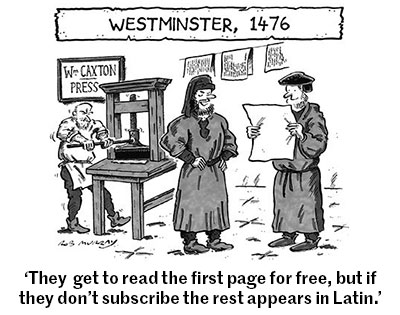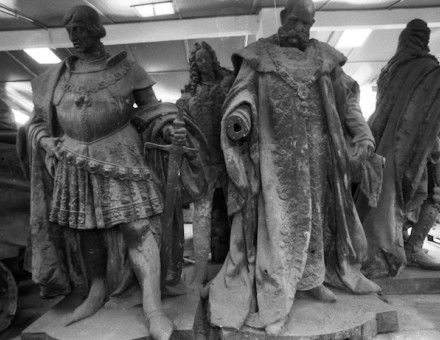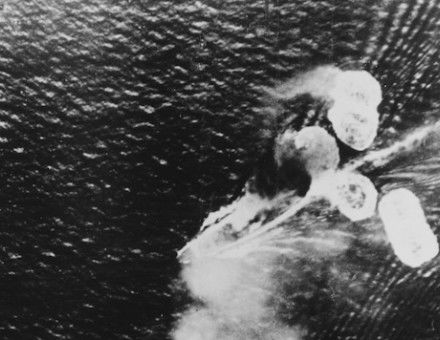AD-X2: When US Politicians Took on Science
The dismissal of a government scientist over the unproven battery additive AD-X2 galvanised the American scientific community in the 1950s.

On the morning of 3 April 1953 employees reporting to the US National Bureau of Standards (NBS) in Washington, DC, found a bouquet of two dozen carnations at the front gates. A card, attached with a white bow, read: ‘In memory of Dr. A.V. Astin and the traditions of the National Bureau of Standards.’ Allen Varley Astin, the bureau’s director, had been forced out days earlier by Sinclair Weeks, the new secretary of commerce in Dwight D. Eisenhower’s fledgling administration.
Astin’s dismissal came after the NBS, the federal metrology laboratory, had tested and deemed useless a product branded ‘AD-X2’, an additive advertised as extending the life of car batteries. Weeks, seeking to show support for small business, deemed the judgement reckless in light of the thick sheaf of testimonials praising the product. ‘The National Bureau of Standards has not been sufficiently objective, because they discount entirely the play of the market place’, he told a Senate committee the day Astin’s ouster was announced.







